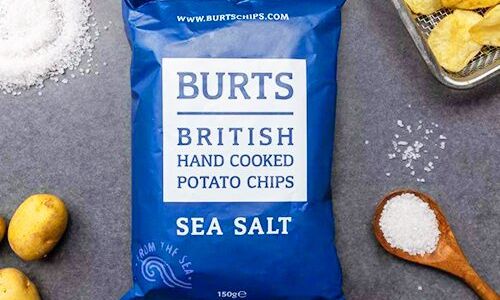Water and solvent based adhesives (WSA) are one of the largest classes of adhesives. They are also one of the oldest adhesives, with the earliest adhesives and sealants being made of natural raw materials such as tree sap, beeswax, tar, resin, animal protein, casein, and natural rubber. Today, the chemical industry uses a myriad of natural and synthetic polymers for adhesive and sealant formulations. The solvent and water born adhesives and sealants can be classified by type of polymer, solvent and hardening or cure mechanism. The polymers used for water and solvent born adhesives can be soluble thermoplastics, elastomers or polymer dispersions (latices). In some cases, slightly cross-linked elastomers with good swelling properties are used to produce water or solvent based adhesives. WSAs can be formulated to provide a wide range of adhesive properties, and can be used in a variety of applications like food and pharmaceutical package sealing, labeling and lidding, weather stripping, industrial coating, laminating and sealing. The two main classes are water based and organic solvent based adhesives. The waterborne adhesives are usually formulated as dispersions or emulsions. The dispersed polymer (latex) particles are usually spherical in shape with a diameter in the range of 50 – 300 nm. Usually, high molecular weights are achieved in emulsion polymerization because the concentration of the growing chains within each latex particle is very low. These adhesives have excellent shear strength, good appearance, and are ecconomical and environmental solutions. However, they typically have lower adhesion and environmental / chemical resistance than their solventborne counter parts. Solventborne adhesives are mixtures of solvents and thermoplastic or slightly crosslinked polymers such as polychloroprene, polyurethane, acrylic, silicone, and natural and synthetic rubbers (elastomers). The solvent based adhesive can be classified as either wet or dry bonding. These adhesives contain significant amounts of volatile organic compounds (VOCs), which can be harmful and irritants and are often subject to regulations across the United States, Europe, or worldwide. Solvent born adhesives can be applied by roller, brush, and spray or as beads either manually or automatically. Compared with water based adhesives, they have better bond performance, are more flexible (lower Tg) and can be formulated to adhere to a broader range of substrates. Because they are formulated with organic solvent, they are less sensitive to contaminates like grease and oil on the substrate to be bonded than other types of adhesives. However, they are often more expensive and less ecconomically to apply. Solvent and water based adhesives are available with a variety of drying and bonding times to match the application method and assembly process. These adhesives typically gain bond strength when dried and, in some cases when cured (cross-linked). Source:http://polymerdatabase.com/Adhesives/WSB%20Adhesives.html
